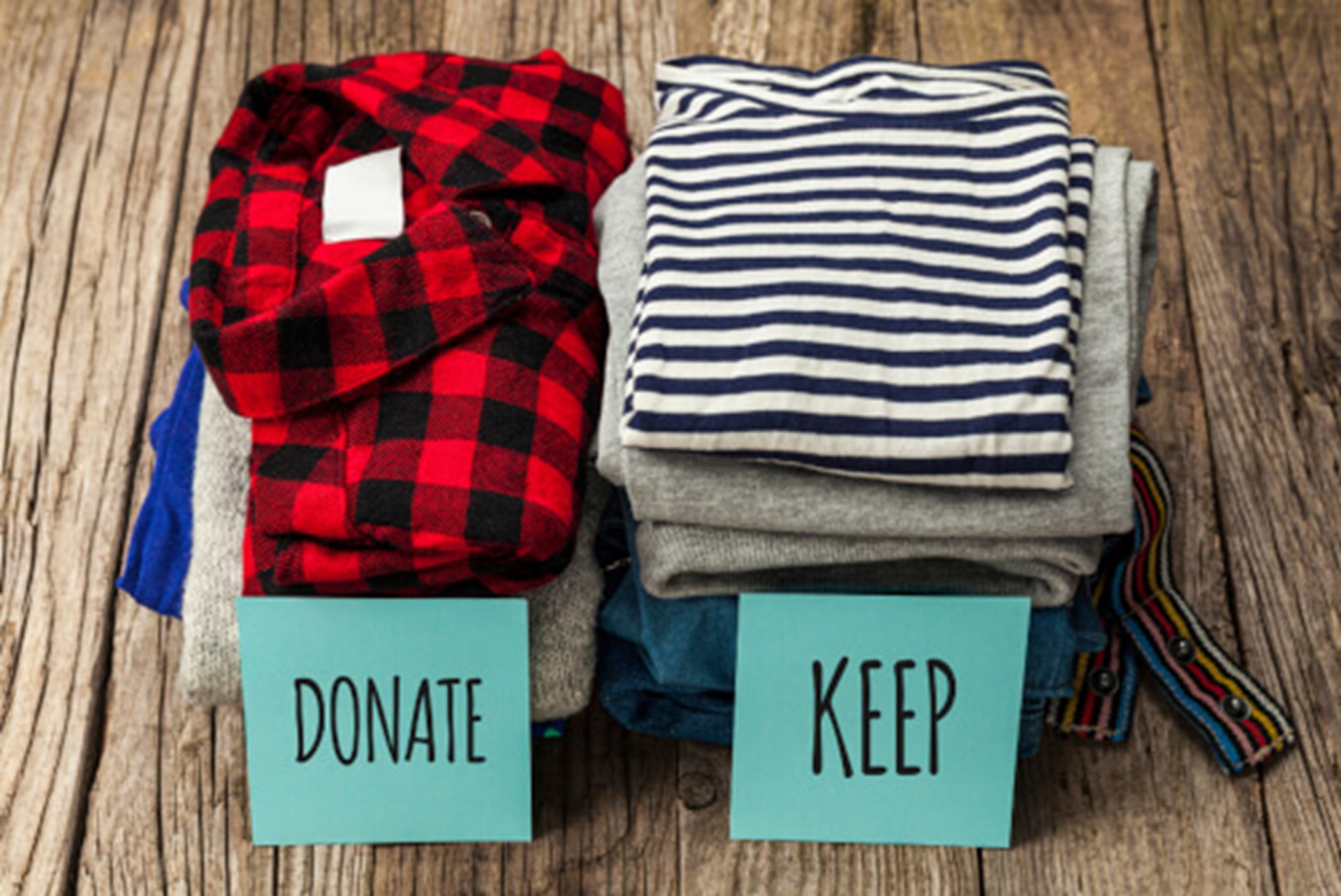How to declutter when you’re downsizing
The decision to downsize can be incredibly freeing, but it’s also fraught with emotion and netted with nostalgia. Read our tips on how to declutter.
The decision to downsize can be incredibly freeing, but it’s also fraught with emotion and netted with nostalgia. Read our tips on how to declutter.
The decision to downsize can be incredibly freeing, but it’s also fraught with emotion and netted with nostalgia. The simple truth is that when you’re leaving somewhere bigger behind, you’re not going to have room in your cosy new abode to take the whole kit and caboodle along with you.
You’re going to have to declutter. And that isn’t always easy.
So, let’s focus on the positives (there are plenty).
Moving to a smaller property carries a lot of plus points.
For one thing, a more modest home is far easier to manage: big houses require a lot of upkeep, and then there’s the mobility issues. Even if you’re still wonderfully sprightly, there comes a time when steep stairs or narrow spaces no longer cut it. Downsizing might also give you the option of moving closer to loved ones or putting yourself within easy reach of all important amenities.
Remember the added benefits that come with Supported Living. Moving into a retirement property like Abbeyfield offers the reassurance of additional safety and security: having your own front door, secure entrance, and a 24-hour on-call system can be a welcome relief in later life. Enjoy the sense of community if you choose to socialise, and the fuss-free option of homemade hot and healthy meals. Sounds blissful, doesn’t it?
But once you’ve made the decision to take the plunge, it’s time to tackle the often-emotional process of decluttering.
If you haven’t had a good sort for some time, you’re going to have a lot of personal possessions to sort through. This can be a wrench, but it can also be a lovely opportunity to relive good memories and think back on times you might have forgotten. And the sense of achievement you get from cutting clutter is immense.
We’d recommend making a start as soon as you can, rather than leaving it all until the last minute: if you have furniture to get rid of, give yourself time to either sell it, dispose of it, or have it collected. There might be things you’d like to give to charity or pass on to a friend or relative. And because we’re all guilty of hoarding every now and then, there will no doubt be plenty of things to simply wave goodbye to.
It’s not always easy, but ruthless is the name of the game. Keep in mind that you’re downsizing for a reason, and if you took ALL of your possessions with you, the clutter would be unbelievable. Read on for tips on how to declutter.

Ready to start sorting? Take a look at our top tips below:
People are choosing to downsize earlier in life than ever before, while they’re still fit and healthy enough to cope with the stresses and strains of a move. In fact, Autumna – a site offering care advice for later life – found that of all its visitors, a whopping 95% of self-funders said they needed 'no' support or 'minimal' support in the immediate future.
Abbeyfield is designed for people of 60 and above, which makes it ideal for downsizing when you're still active and fit. Our regular properties provide Supported Living (giving you less stress and fewer worries about maintenance), while our Holdenhurst property is 'care-enabled' – allowing you to bring in additional support as and when you need it.